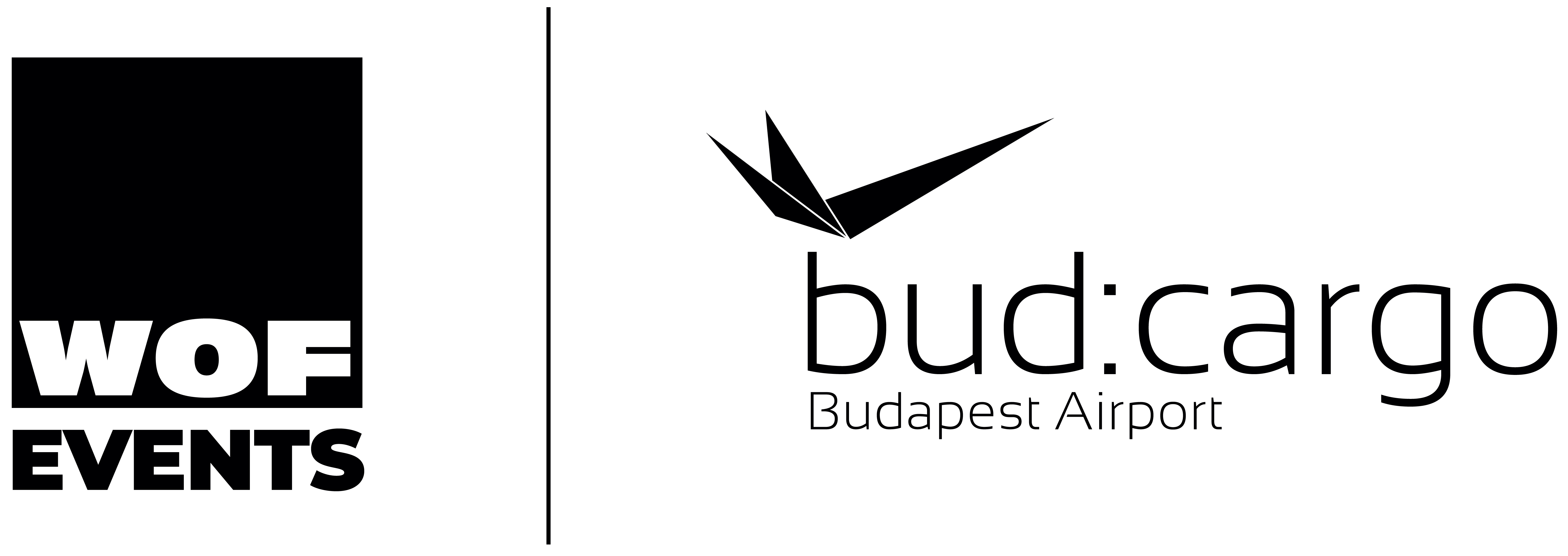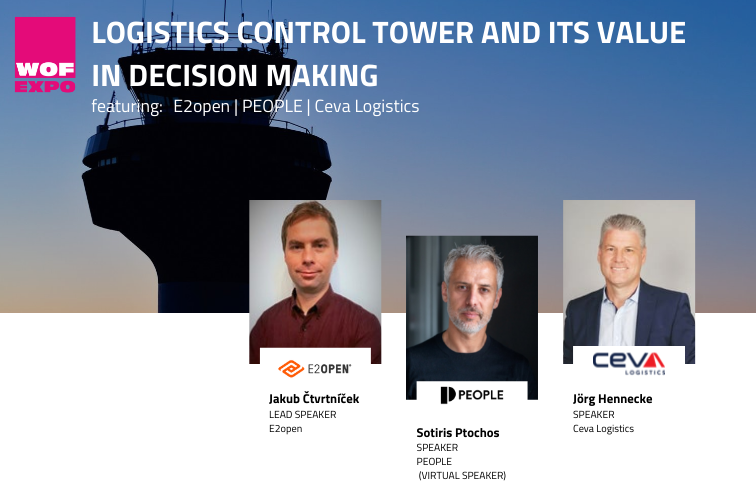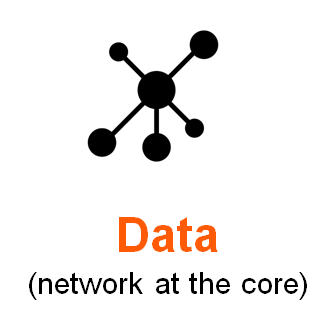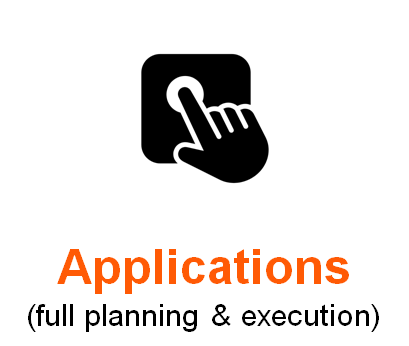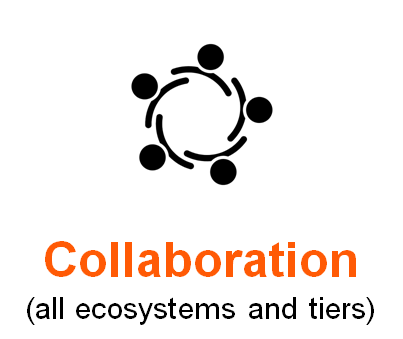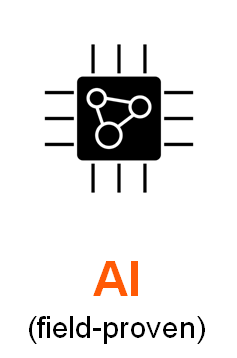Using Data, Visibility, AI, and Collaboration to Build Resilient Supply Chains
| These days, disruptions are commonplace, so it is no surprise that the concept of control towers is so popular. Stakeholders across the business landscape increasingly recognize the need to anticipate disruptions before they happen. But seeing a disruption coming your way is not very helpful if you can’t adjust in time to optimize outcomes. Being equipped for disruption means knowing what is going on at every tier in your supply chain, understanding cross-functional impacts, quickly executing on decisions and continuously monitoring and optimizing the results—all in real time. In other words, being prepared for disruptions requires control tower capabilities. Considering the complexity of modern supply chains, even gaining visibility—much less understanding and acting on events in real time—is a challenge. There are four key questions to consider when exploring control tower capabilities, and they starts with data—lots of it—from every tier and ecosystem in the value chain. Where is the data coming from? The scope of the data coming into the organization determines the scope of visibility a company has. It is that simple. Knowing what is happening across every tier in the supply chain means you first need to connect them all and get decision-grade data. The only scalable way to achieve this is through a multi-enterprise network. An extensive, existing network is essential for time-to-value, total cost of ownership and even the financial viability of most deployments. How do you make sense of the data? Of course, mere visibility has limited value. Without applications to digest the data and put decisions into action, you are not ready for the next disruption. It is important to look for an operating platform that includes data from all relevant sources and a full suite of planning and execution applications to power cross-functional business decisions. Even if you do not need it to achieve this year’s goals, an operating platform with a full range of applications will protect your investment and provide a path to grow. How do you collaborate across your supply chain? Especially in an environment of disruption, it is important to connect and communicate with external partners across multiple tiers and ecosystems. Meaningful collaboration is persona-based and process-driven, enabling internal and external parties to share views and actions across any supply chain function, tier or channel. Everyone is informed and empowered to make decisions and initiate immediate, relevant actions. This saves time by reducing disruptions and frees various stakeholders to focus on opportunities. How proven is the AI? Field-proven AI is a core requirement for enabling complex, cross-functional business decision-making and managing masses of data from ecosystem partners. However, not all vendors of AI can offer a solution robust and mature enough to be entrusted with a company’s supply chain, which is mission-critical. When it comes to control tower capabilities, it is important to assess the robustness and quality of the AI in conjunction with the system’s ability to get the data required to power AI-related actions |
| Four crucial prerequisites for control tower capabilities E2open brings all these control tower capabilities together on a single operating platform to provide the data, applications and AI required to reach new levels of agility and resiliency. This strategic platform is powered by the world’s largest business network to connect all tiers of all ecosystems—including internal operations, channel partners, suppliers, and logistics and global trade providers—for true end-to-end decision-making without boundaries or functional silos. |
